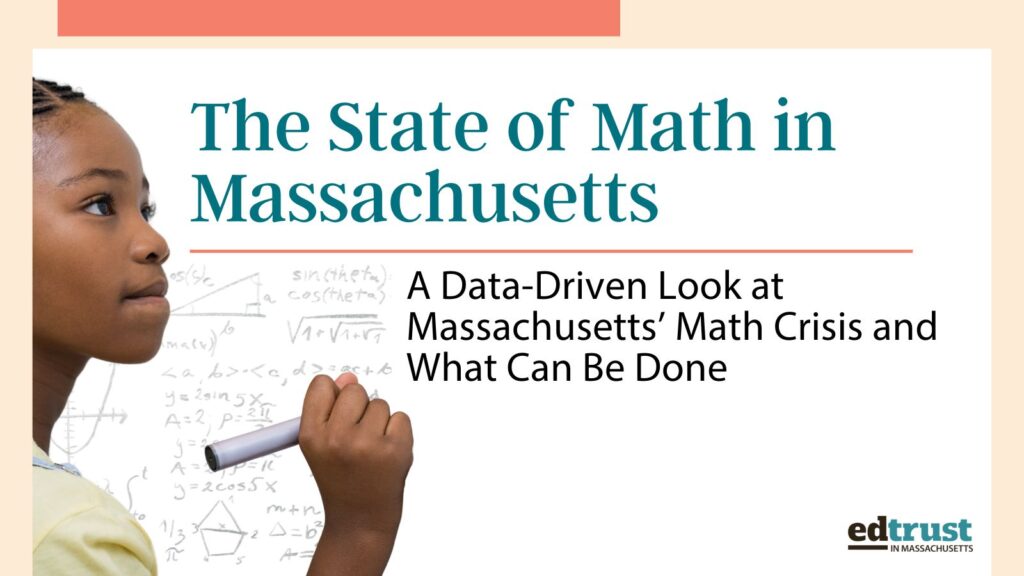The State of Math in Massachusetts: A Data-Driven Look at Massachusetts’ Math Crisis and What Can Be Done
Math proficiency has sharply declined across the nation, and recent data shows that many Massachusetts students are entering higher education unprepared for the mathematical demands of college, careers, and beyond







